It might sound messy, but using oatmeal in the bath is a great way to soothe itchy skin from head to toe. These oatmeal bath bombs are both a godsend for irritated skin and incredibly simple to make.

Oatmeal has been used to treat itchy, irritated skin for centuries—thanks to its anti-inflammatory, skin-soothing properties [source]. Adding colloidal oats to bathwater makes an incredibly soothing bath for itchy skin.
These bath bombs were inspired by this oatmeal lotion because oatmeal is just the thing for itchy skin. I will never forget coming home from a camping trip at 3 a.m. to sit in a bath loaded with oatmeal and baking soda because I couldn't stop itching!
Ingredients

Baking soda & citric acid — The two main ingredients in bath bombs, baking soda and citric acid, create an effervescent fizzing reaction when they come into contact with water.
Coconut oil — Coconut oil is a bath bomb wonder for its moisturizing properties and for holding bath bombs together so they don't crumble.
Colloidal oats — Gentle enough for sensitive skin, colloidal oats contain avenanthramides, a group of bioactive compounds with potent anti-inflammatory properties [source] that alleviate itching and redness.
Oatmeal's cleansing action absorbs excess oil, unclogs pores, and removes impurities, while its natural lipids strengthen the skin's barrier function, helping it to retain moisture and prevent dryness.
Hint: You can make your own colloidal oats by grinding oatmeal in a coffee grinder until it's soft and fluffy.
Witch hazel — Commonly used in bath bombs for its astringent and skin-soothing properties, witch hazel acts as a natural preservative and binder, helping to hold the ingredients together and prevent crumbling.
Essential oils for itchy skin — When it comes to essential oils for itchy skin, chamomile and helichrysum oils are two of the best. Chamomile essential oil has calming effects that can help alleviate itching and reduce skin irritation. Helichrysum essential oil is an anti-inflammatory oil that promotes skin healing and provides fast itching relief.
Instructions

Combine the dry ingredients. Melt the coconut oil in a separate bowl and add the essential oils.

Add oil to the dry ingredients. Spritz with witch hazel until you get a wet, crumbly texture.

Mold the mixture into bath bomb shapes. Pack the mixture tightly into the molds to ensure they hold together.
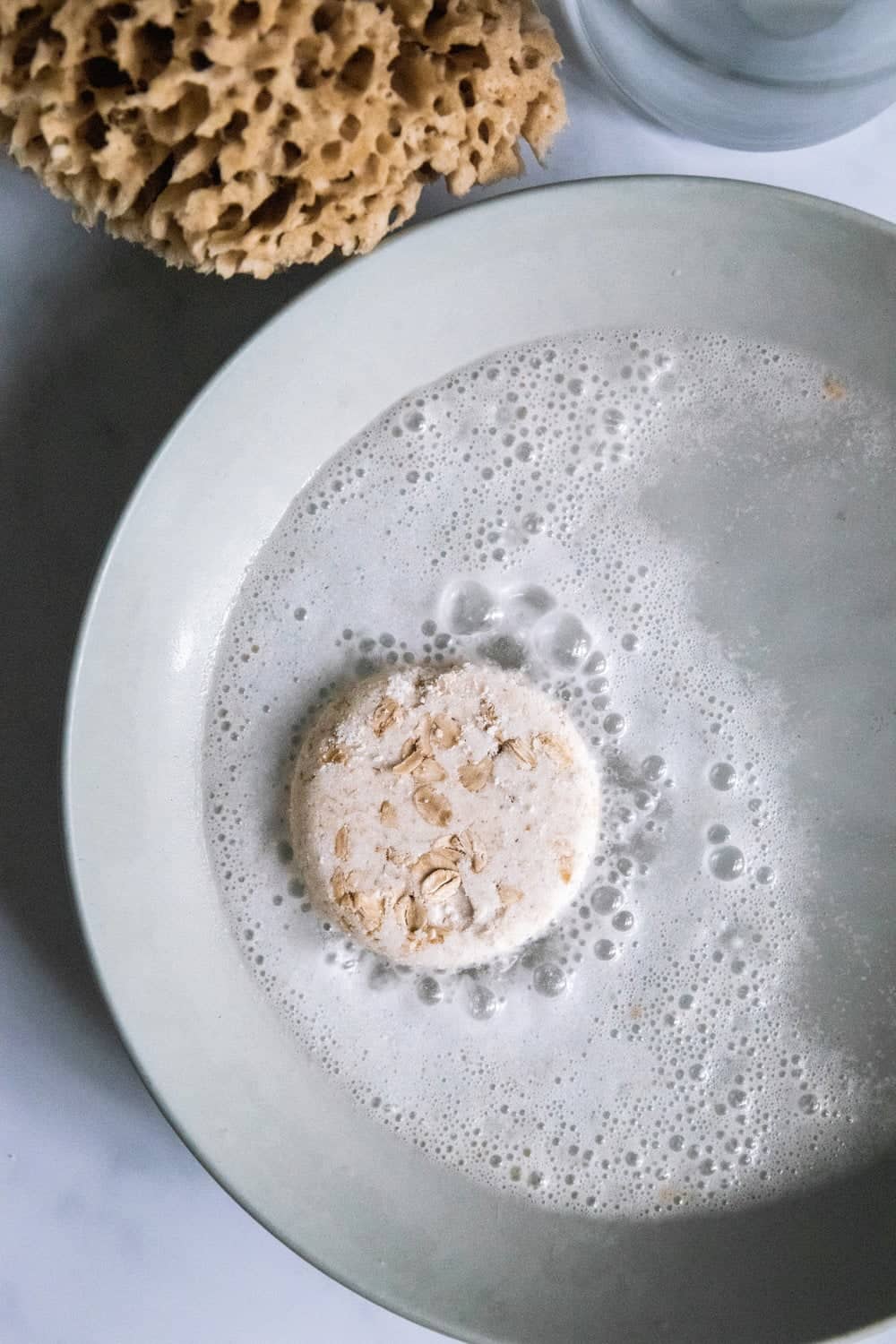
Let the bath bombs dry and harden for at least 24–48 hours.
Hint: To speed things up, place the bath bombs in the refrigerator for 30 minutes before removing them from the mold.
Substitutions
Coconut oil — Use any solid-at-room-temperature oil, such as shea butter or cocoa butter.
Citric acid — You can make bath bombs without citric acid! Try cream of tartar instead.
Essential oils for itchy skin — Don't have chamomile or helichrysum oils? Try one of these essential oils that can soothe irritated skin:
- Lavender: Lavender is an anti-inflammatory oil with soothing properties that can help relieve itchiness caused by various skin conditions, including dryness, insect bites, or rashes [source].
- Peppermint: The cooling effect from the menthol contained in peppermint oil can provide immediate relief from itching. It also has mild numbing properties that can temporarily alleviate itchiness [source].
- Tea tree: Tea tree oil has antimicrobial and anti-inflammatory effects [source], making it useful for addressing itchy skin caused by insect bites, rashes, or fungal infections.
- Eucalyptus: Eucalyptus oil has both cooling and anti-inflammatory properties [source], making it effective in soothing itchy skin caused by bug bites, contact dermatitis, or eczema.
- Geranium: Geranium oil is another anti-inflammatory [source] that can help soothe itchy skin caused by dryness or dermatitis. It also promotes skin regeneration and can aid in healing.
- Frankincense: Well known for its dermatologic applications, frankincense also has anti-inflammatory and skin-rejuvenating properties [source], which can help alleviate itchiness caused by dry or irritated skin conditions.
Variations
Don't be afraid to get creative with colors, shapes, or additional natural ingredients like flower petals or herbs to customize your oatmeal bath bombs. Here are a few ideas:
Soothing Lavender Oatmeal Bath Bomb — Combine oatmeal powder, baking soda, citric acid, Epsom salt, lavender essential oil, and a small amount of dried lavender buds. Mix the dry ingredients together, then gradually add the essential oil while spritzing the mixture with witch hazel until it holds together.
Nourishing Honey Oatmeal Bath Bomb — Mix oatmeal powder, baking soda, citric acid, Epsom salt, melted coconut oil, honey, and a touch of vanilla extract. Stir the dry ingredients together, then add the wet ingredients gradually until the mixture reaches the desired consistency.
Invigorating Citrus Oatmeal Bath Bomb — Mix oatmeal powder, baking soda, citric acid, Epsom salt, sweet orange essential oil, and grated citrus zest (such as lemon or orange). Stir the dry ingredients together, then add the essential oil and zest until well combined.
Healing Aloe Vera Oatmeal Bath Bomb — Combine oatmeal powder, baking soda, citric acid, Epsom salt, aloe vera gel, and a few drops of tea tree essential oil. Mix the dry ingredients thoroughly, then gradually add the aloe vera gel and essential oil while spritzing the mixture with witch hazel until it binds together.
Or add ground oats to this black bath bomb recipe with activated charcoal!
Equipment
If you plan to make bath bombs regularly, you might want to invest in a metal bath bomb mold. I like knowing the end product will be perfectly shaped and sized, so you know how many bath bombs to use (one!).
But you definitely don't need to buy bath bomb molds if you don't want to. You can use empty plastic craft ornaments, muffin tins, plastic Easter eggs, the bottoms of empty plastic bottles (just cut off the tops), silicone baking cups, ice cube trays—you name it.
Storage
To maintain freshness and effectiveness, store your bath bombs in a cool, dry place away from sunlight and humidity. Keep them in an airtight container, or wrap them tightly in wax paper to prevent exposure to air.
Proper storage helps keep them from activating prematurely or falling apart.
Usage
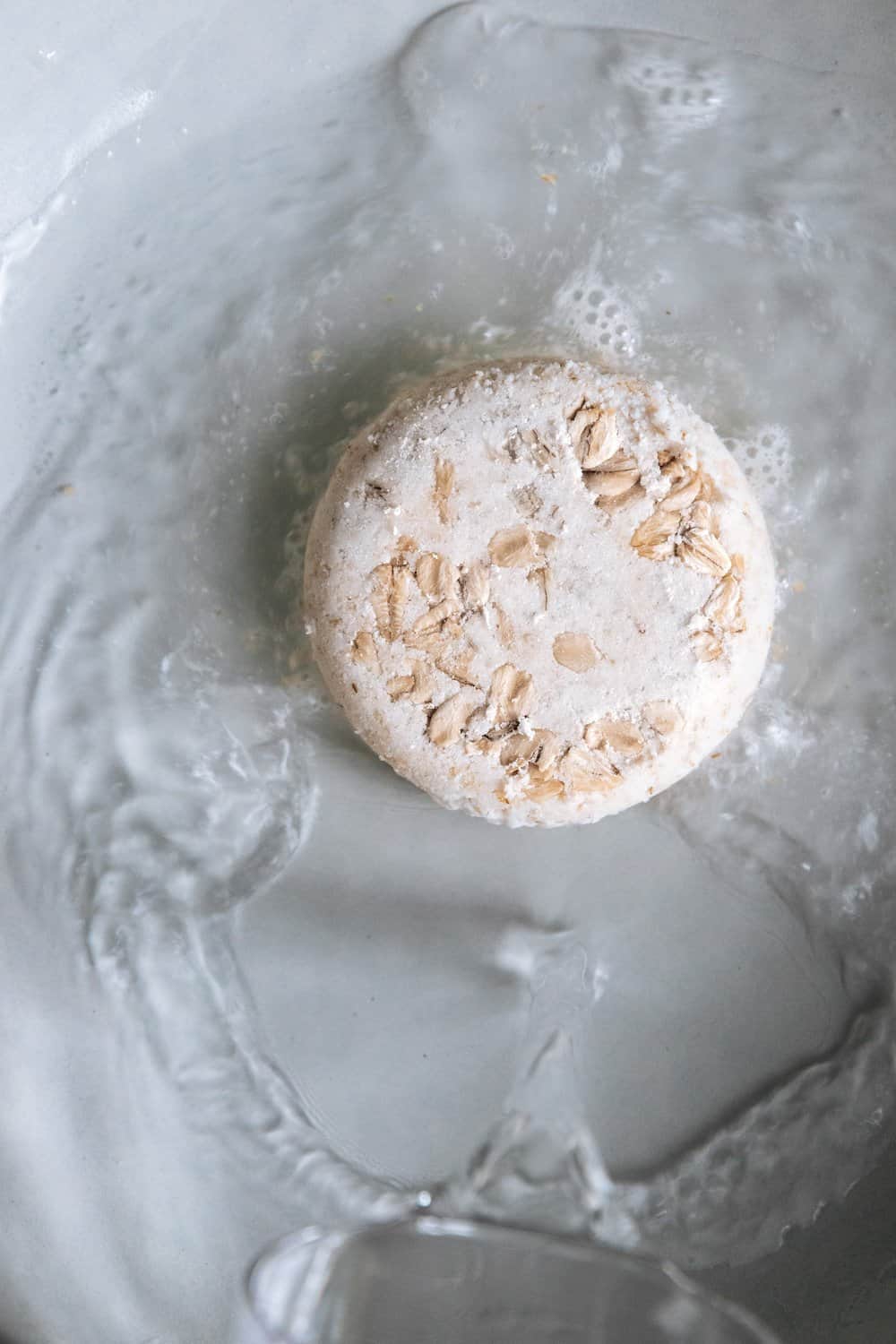
To use a bath bomb, run a bath deep enough to fully submerge yourself comfortably. Keep the temp lukewarm. Climb in and drop the bath bomb into the water. Spend 20–30 minutes relaxing and enjoying the therapeutic benefits of the bath bomb.
Top tip
For itchy or sunburned skin, avoid using hot water, which can dry out skin even further. Instead, stick with lukewarm water that's cool but still comfortable.
FAQ
Bath bombs are generally safe for most skin types. However, if you have sensitive skin or specific allergies, it's important to do a patch test before using a bath bomb to avoid any adverse reactions. Simply dissolve a small piece of the bath bomb in a bit of water, then apply some of the water to your skin. If you don't see any redness or irritation after 10 minutes or so, you should be good to go!
The duration of your bath comes down to personal preference. It's recommended to soak for at least 15–20 minutes to fully enjoy the benefits of the bath bomb and allow its ingredients to work on your skin. However, you can adjust the duration according to your preference and comfort.
Bath bombs can be suitable for sensitive or dry skin, but it's important to choose ones with gentle ingredients and moisturizing properties. Oatmeal bath bombs are known for their soothing and moisturizing effects, making them a good option for dry skin.
Rinsing off after using a bath bomb is optional and depends on personal preference. Some bath bombs contain oils or other ingredients that leave a moisturizing residue on the skin, so rinsing may not be necessary. However, if you prefer to rinse, feel free to take a quick shower after your bath.
More Bath Recipes
Looking for more soothing bath recipes like this? Try these:
Calming Chamomile Oatmeal Bath Bombs
Equipment
Materials
- 1 cup baking soda
- ½ cup citric acid
- ½ cup rolled oats, finely ground
- 3 tablespoons coconut oil
- Witch hazel (alcohol free, in a spray bottle)
- 10 drops German chamomile essential oil
- 5 drops helichrysum essential oil
Instructions
- In a large mixing bowl, combine the baking soda, citric acid, and ground oats. Mix well to ensure they are thoroughly combined.
- Melt the coconut oil in a separate microwave-safe bowl. Once melted, add the chamomile and helichrysum essential oils to the coconut oil and stir to combine.
- Slowly pour the melted oil into the dry mixture while continuously stirring. If needed, use your hands to ensure that the liquid is evenly distributed throughout the dry ingredients. The mixture should resemble wet sand and hold its shape when squeezed.
- Lightly spritz the mixture with witch hazel 2–3 times. You don't need much, just enough to make sure the baking soda mixture holds its shape without crumbling.
- Once the desired consistency is reached, quickly and firmly press the mixture into bath bomb molds or shape it into balls with your hands. Pack the mixture tightly into the molds to ensure they hold together.
- Let the bath bombs dry and harden for at least 24–48 hours. You can place them on a baking sheet or tray lined with parchment paper. Once fully dried, carefully remove the bath bombs from the molds or gently loosen them from the shape you formed.
Notes
References
- Pazyar N, et al. Oatmeal in dermatology: a brief review. Ind J Dermatol Vener Leprol. 2012.
- Cerio R, et al. Mechanism of action and clinical benefits of colloidal oatmeal for dermatologic practice. J Drugs Dermatol. 2010.
- Da Silva GL, et al. Antioxidant, analgesic and anti-inflammatory effects of lavender essential oil. An Acad Bras Cienc. 2015.
- Zhao H, et al. Peppermint essential oil: its phytochemistry, biological activity, pharmacological effect and application. Biomed Pharmacother. 2022.
- Carson CF, et al. Melaleuca alternifolia (tea tree) oil: a review of antimicrobial and other medicinal properties. Clin Microbiol Rev. 2006.
- Natália Čmiková, et al. Chemical composition and biological activities of Eucalyptus globulus essential oil. Plants (Basel). 2023.
- Boukhatem MN, et al. Rose geranium essential oil as a source of new and safe anti-inflammatory drugs. Libyan J Med. 2013.
- Al-Yasiry ARM., et al. Frankincense - therapeutic properties. Postepy Hig Med Dosw (Online). 2016.



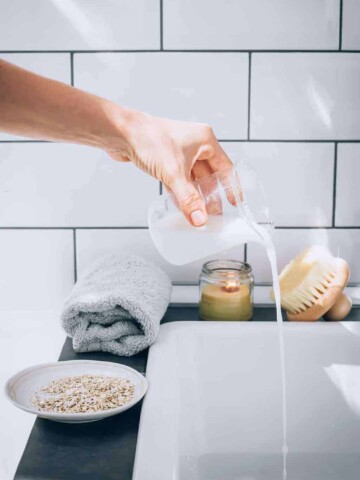
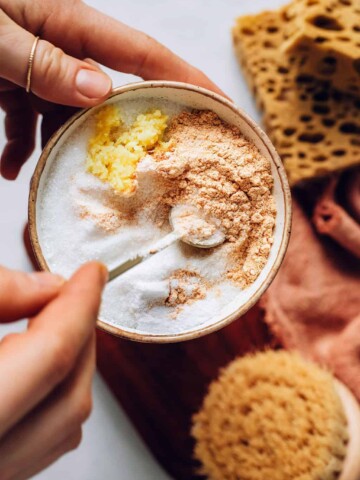

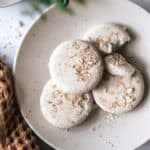
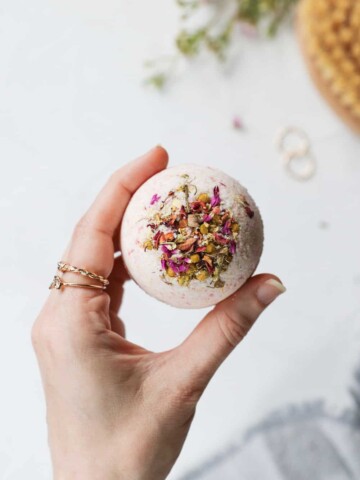
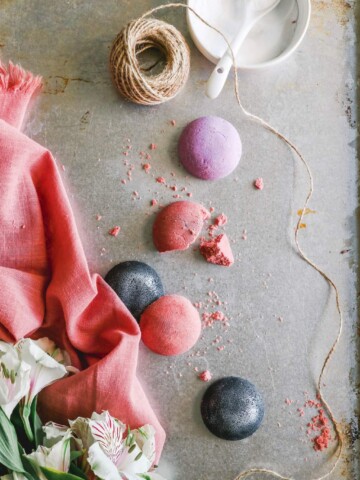

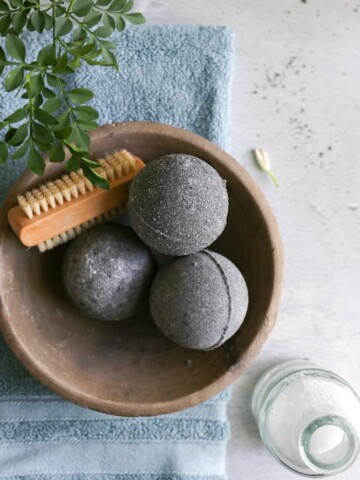
Leave a Comment